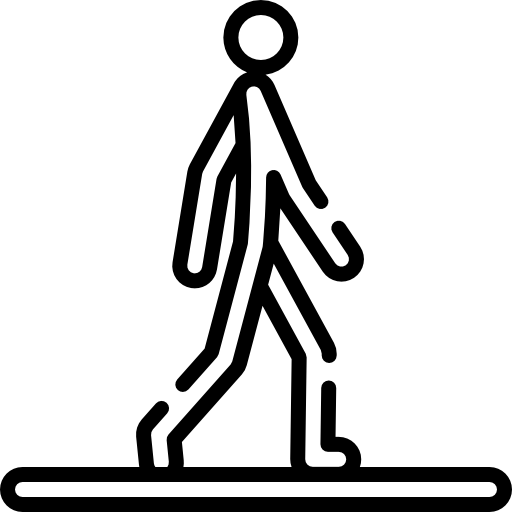
This logo isn't an ad or affiliate link. It's an organization that shares in our mission, and empowered the authors to share their insights in Byte form.
Rumie vets Bytes for compliance with our
Standards.
The organization is responsible for the completeness and reliability of the content.
Learn more
about how Rumie works with partners.
You finally close your laptop after a killer work session, feeling antsy jitters to do something physically tiring, relaxing, and mentally stimulating at the same time.
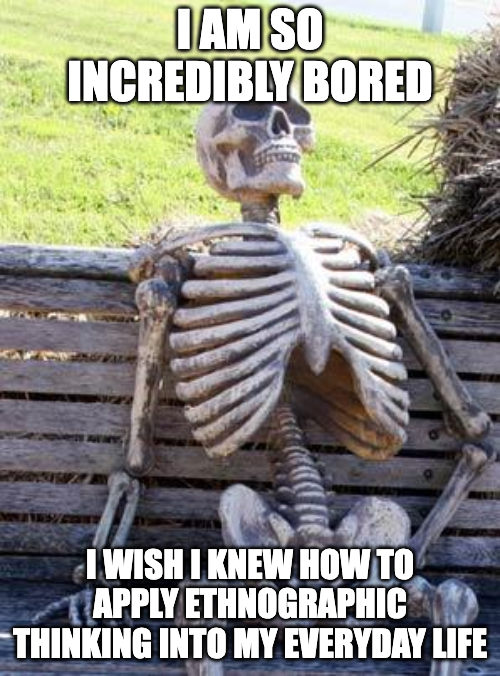
Why not go for a walk?
A walk in your neighborhood is the perfect introduction to understanding ethnographic thinking.
Ethnographic thinking can help you:
develop a mindfulness practice 🧠
gain awareness of your environment 🍃
and inspire self-expression🕺

What is Ethnography? 🧑🔬
Ethnography:
is a social science dedicated to studying humans in a specific environment
documents human behaviours and interactions in their cultural setting
uses field research methods such as participant observation and conducting interviews
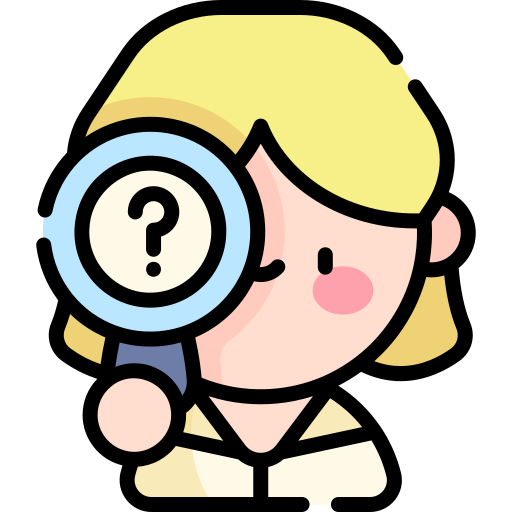
If you've heard (or maybe even said) a land acknowledgment , you've been introduced to thinking ethnographically!

To take it one step further ask yourself:
When acknowledging my presence on the land stolen from Indigenous peoples, why stop there?
How do organisms, man-made structures, or even seemingly random objects interact with each other and the land?
Quiz
To think like an ethnographer, I have to:
To develop a conceptual ethnography mindset in your everyday life, the steps are simple: observe, research, and reflect!
Step 1: Observation 🔎
We’re often told that Western science has an answer to everything, and that the unanswerable, actually, doesn’t exist.
But ethnography asks: why must every question be answered? Why do we invalidate the unknown, as opposed to appreciating its significance? Ethnography argues that we can observe matter, and represent it honestly, without assuming more than what we see.
Ethnographers are storytellers whose end goal is to create a representation of their observations. They do not need to be all-knowing or human-centric.
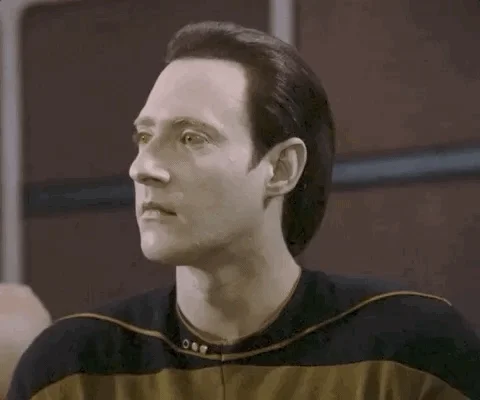
Ask yourself:
When was the last time you looked at your surroundings, and simply wondered where the matter came from, what it has interacted with, how long it’s been there?
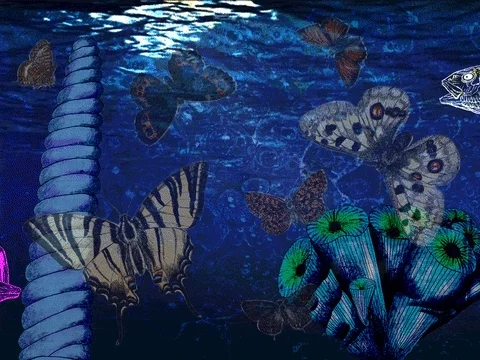
Step 2: Research 🕵️
Ethnographic research methods focus on documenting your observations and considering how they relate to one another. Tap into your child-like wonder: anything goes! All of these are examples of documentation methods:
sketching 📓
writing 📝
collecting physical matter/evidence 🏷
photographing 📸
taking a video or audio recording 🎙
This list isn’t extensive! The point of ethnography, of all science, is to value exploration.

Ask yourself:
What form of data collection or documentation do you already enjoy to record your thoughts?
Can you provide yourself with data collection optimized to your personal observation and reflection processes?
Did you know?
Step 3: Reflection 🧠
Ask yourself:
How does your presence change how the world around you interacts?
Can you observe the effects of your interference in your environment?
Did your curiosity and exploration include your presence, or are you able to imagine/consider how the space thrives/functions without you?
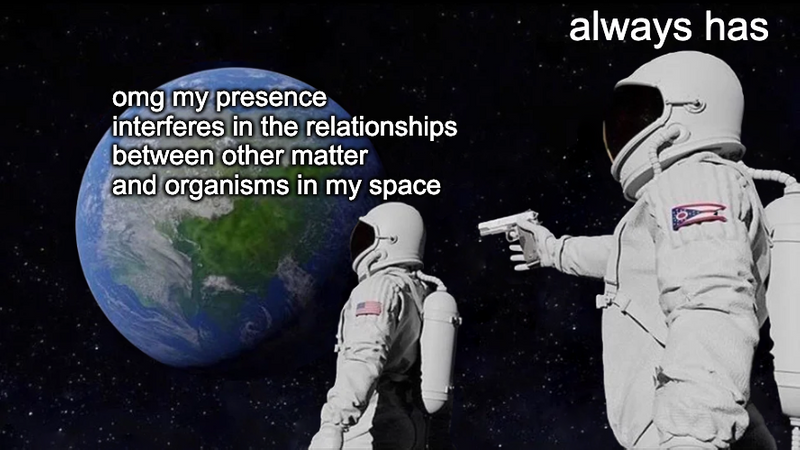
🎉Give yourself a pat on the back!🎉

You’ve allowed/encouraged yourself to be curious and wonder about the unseen connections in the world around you, so now you can reflect on the space you occupy.
Although nothing is fact, your presence in a space likely changes how the other elements within the space interact.
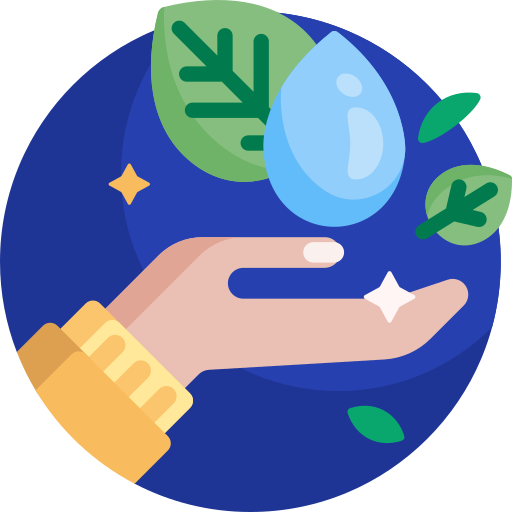
Quiz
Which of these are actions of ethnographic thinking? Select all that apply.
Ethnography does not have to be human-centric; we interact with all kinds of matter and organisms constantly.
Take Action
You know the theory, now it's time to put your ethnographic thinking into action.

This Byte has been authored by
Cecilia De Los Rios
Graphic Designer, Artist, Student
